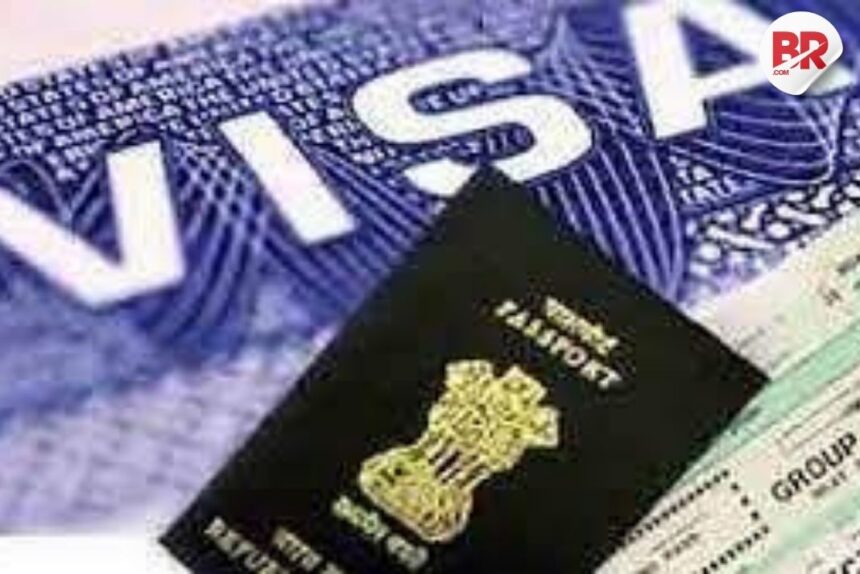Many Indian professionals are now choosing the O-1 visa to work in the United States. This visa is for people who are highly skilled or talented in fields like science, technology, business, art, and sports. It’s becoming more popular as a better option than the well-known H-1B visa.
What is the O-1 Visa?
The O-1 visa was created in 1990. It is for people with “extraordinary ability” in their field. To qualify, applicants must meet at least three out of eight criteria, such as winning major awards, publishing research, or making unique contributions to their field.
The O-1 has many benefits:
- No annual lottery or limit on the number issued
- High approval rate (93%)
- Valid for 3 years at first and can be extended unlimited times
Why Indians Are Choosing O-1 Over H-1B
The H-1B visa has a tough lottery system and only a 37% approval rate. In contrast, the O-1 is more predictable. Because of this, many skilled Indian professionals are now applying for it.
From 2020 to 2023, the number of O-1 visas given to Indians grew by 191%, from 487 to 1,418. Indians are now the third-largest group receiving the O-1A visa, after the UK and Brazil. Many are in fields like STEM, AI, business, and art.
Read more: Melania Trump’s Mysterious Einstein Visa? The Question Stirring Washington…
Big Companies Support O-1
Top companies like Google, Tesla, and McKinsey sponsor O-1 visa holders. Prestigious universities like Harvard and Yale also hire Indian professors using this visa.
With the rise of AI, more companies are helping applicants build strong O-1 applications. For example, they encourage them to:
- Publish research papers
- Speak at events
- File patents
One Indian entrepreneur, Soundarya Balasubramani, got the O-1A visa as a solo founder of her company, The Curious Maverick. This shows the visa is also available for self-employed people.
Cost and Growing Interest
Applying for the O-1 visa can cost between $10,000 to $30,000, much more than the H-1B. But because it offers more certainty, both employers and applicants are willing to pay.
Some immigration firms, like Jinee Green Card, have seen a big jump in Indian clients—from 60 to 300—mainly those who couldn’t get the H-1B.
Even though fewer O-1 visas are issued compared to H-1B (about 22,669 vs. 225,957 in 2024), the number of O-1 visas is growing by 10% every year.
Final Thoughts
The O-1 visa doesn’t require a degree or minimum salary. It accepts proof like media coverage, international recognition, or special skills. Some applications are processed in just 10 days.
As competition for tech talent increases, the O-1 visa is becoming a smart and reliable choice for Indian professionals with exceptional skills—and for companies looking to hire the best talent from around the world.




